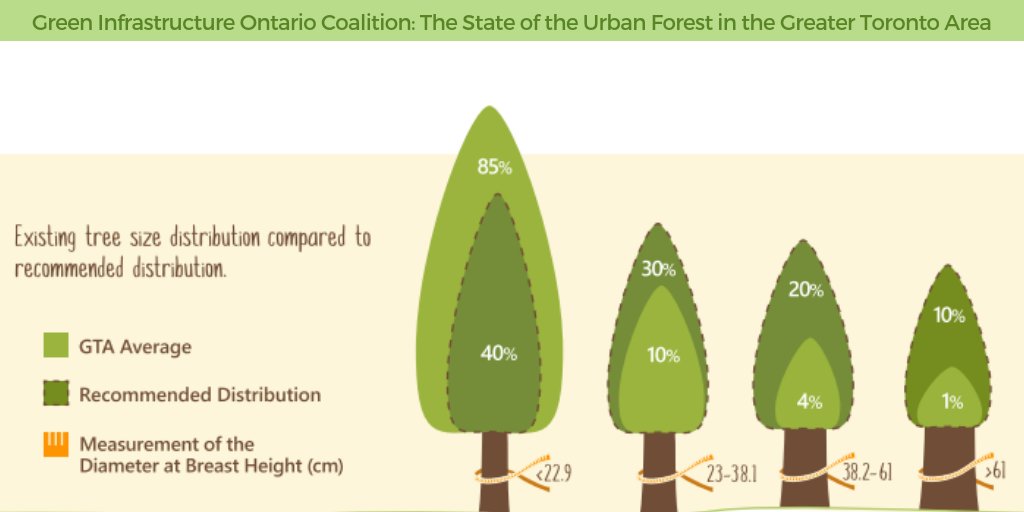Seasonal Tree Care: When And How To Trim For Maximum Growth
Seasonal Tree Care: When And How To Trim For Maximum Growth
Blog Article
Written By-Harrison Pontoppidan
When it concerns seasonal tree cutting, timing and technique are important for your trees' health and growth. You may be shocked at just how much a straightforward cut can motivate new life. Knowing when to prune inactive trees versus flowering ones can make all the difference. Yet it's not practically when; it's likewise concerning exactly how you do it. Let's explore the most effective techniques to ensure your trees flourish.
Comprehending the Best Seasons for Tree Trimming
When's the best time to trim your trees? The solution lies in understanding the seasons. Late winter to very early springtime is commonly excellent, as trees are still inactive. This timing minimizes stress and anxiety and advertises much healthier development when they stir up.
Nevertheless, if you're managing flowering trees, consider trimming right after their blooms fade. This guarantees you won't remove following year's blossoms.
In summer season, light trimming can assist preserve form and remove any kind of dead or diseased branches. Stay clear of heavy pruning during fall, as trees are preparing for dormancy and might struggle to heal.
Eventually, understanding your tree varieties and neighborhood climate will certainly assist your trimming timetable. Select wisely, and your trees will prosper magnificently year-round.
Crucial Pruning Techniques for Healthy And Balanced Trees
Pruning your trees effectively is important for their health and wellness and long life. Beginning by utilizing tidy, sharp tools to make specific cuts, which helps protect against damages and illness.
Concentrate on removing dead, harmed, or crossing branches first; this encourages much better airflow and sunlight penetration. When reducing, aim for an angle that advertises recovery and lessens the risk of rot. Constantly trim simply outside the branch collar, the puffy area where the branch fulfills the trunk, to improve recovery.
For young trees, form them by selectively trimming to develop a solid framework. Finally, stay clear of over-pruning; removing too much foliage can worry your tree.
Common Mistakes to Avoid When Trimming
Many property owners make important blunders while trimming their trees, which can bring about lasting damages.
https://www.clickondetroit.com/business/2020/03/26/michigan-gov-whitmer-no-golf-can-returns-laundromats-ok-in-shutdown/ is over-pruning, where you get rid of a lot of branches simultaneously. This can stress the tree and prevent its growth.
An additional mistake is utilizing plain tools; sharp, clean devices make cleaner cuts that recover faster.
Do not fail to remember to prune at the incorrect time of year; wintertime is typically best for numerous types, while summer is ideal for others.
Also, avoid cutting branches also near to the trunk or leaving stubs, as both can welcome pests and conditions.
Finally, falling short to step back and analyze the tree's overall shape can result in irregular development.
Keep these blunders in mind for healthier, prospering trees!
Conclusion
To conclude, seasonal tree cutting is vital for your trees' health and wellness and growth. By trimming at the right times-- late winter season for dormant trees and right after blossoms for flowering selections-- you'll encourage vibrant foliage and blossoms. Remember to utilize clean, sharp devices and comply with proper strategies to prevent damage. Avoid https://howmuchdoescdlschoolcost32086.activablog.com/34391736/learn-the-crucial-differences-in-between-stump-grinding-and-stump-elimination-to-identify-the-very-best-choice-for-your-lawn-s-future-landscaping-demands-what-will-you-pick in the autumn and remain free from usual errors. With these suggestions in mind, you'll maintain your trees thriving throughout the year!
